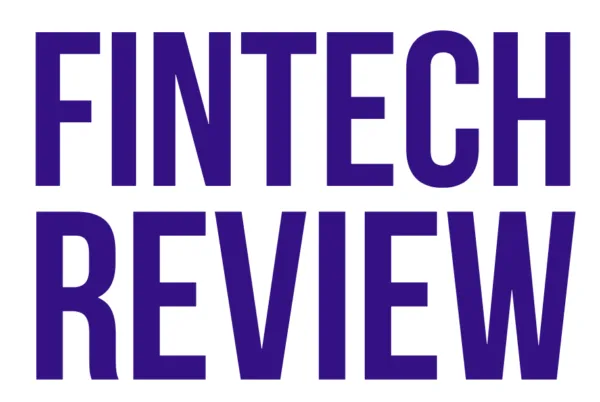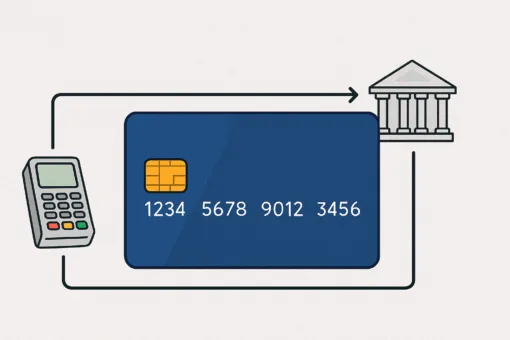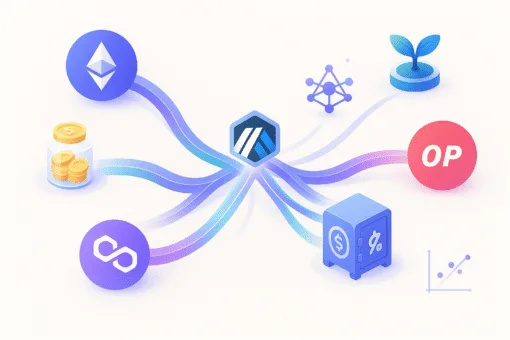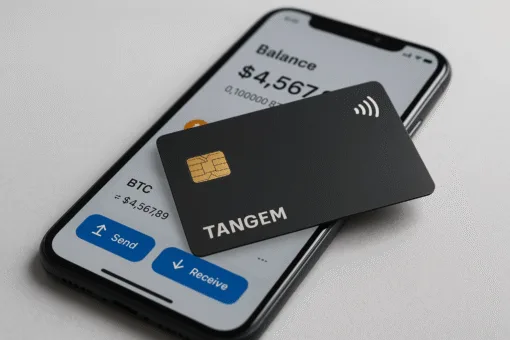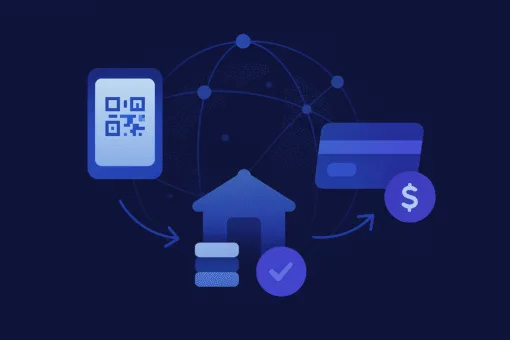Cross-border payments remain one of the most outdated areas of financial services. While fintech has transformed many aspects of banking, international money transfers still rely on slow, expensive, and inefficient systems. Banks process these payments through multiple intermediaries, increasing costs and delays. With growing demand for faster, cheaper alternatives, fintech firms and blockchain solutions are emerging as real challengers. The cross-border payment industry is ripe for disruption, and change is no longer a question of if… but when.
How Cross-Border Payments Work

International payments rely on a network of correspondent banks. When sending money abroad, banks often do not have direct relationships with every foreign institution. Instead, they use intermediaries to transfer funds. Each intermediary adds fees and delays.
SWIFT plays a key role in this process. It does not move money but provides messaging services between banks. A UK bank sending money to the US sends a SWIFT message with payment instructions. The actual transfer happens through correspondent banks, adding complexity.
Banks also use Nostro and Vostro accounts to settle transactions. A bank maintains a Nostro account in a foreign institution to facilitate currency exchange. When transferring money, the sending bank debits its Nostro account while the recipient’s bank credits the final amount. These additional steps slow the process and increase costs.
Why the System Is Inefficient

Cross-border payments take time. Transactions often take two to five business days to settle. Different time zones, cut-off times, and public holidays cause further delays. Unlike domestic payments, which settle instantly in many countries, international transfers remain sluggish.
Costs are another major issue. Each intermediary charges fees, including processing and foreign exchange (FX) conversion fees. Customers rarely receive the mid-market exchange rate. Banks apply hidden markups, making international payments even more expensive. The World Bank estimates that sending $200 internationally costs around 6% on average, with some corridors charging more.
Transparency is also lacking. Senders have limited visibility into their transaction’s status. Banks do not provide real-time updates, leaving customers uncertain about when funds will arrive or why delays occur.
Compliance adds another layer of complexity. Banks must follow anti-money laundering (AML) and know-your-customer (KYC) regulations. Each country has different requirements, increasing verification time and the risk of rejected transactions. While necessary, these checks slow down the process.
Cross-border payments relying on outdated infrastructure and centralisation
Many banks still use legacy systems designed decades ago. Batch processing, rather than real-time transactions, remains common. Some institutions rely on manual interventions, increasing the risk of errors.
Operating hours further limit efficiency. Banks process payments only during business hours, delaying transactions over weekends and holidays. Cut-off times mean payments initiated late in the day may not be processed until the next business day.
The reliance on a few large banks also restricts competition. Smaller banks must work through major correspondent banks to access global markets. This concentration of power increases costs and limits innovation.
The Need for Disruption

Customers expect faster, cheaper international payments. Domestic transfers settle instantly in many countries, and businesses want the same for cross-border transactions. Traditional banking models fail to meet these expectations.
FinTech companies offer better alternatives. Firms like Wise and Revolut provide lower-cost, faster international transfers by bypassing correspondent banks. Some use local payment networks to reduce reliance on SWIFT and traditional banking rails.
Blockchain technology presents another solution. It enables near-instant settlement, reduces fees, and increases transparency. Stablecoins and central bank digital currencies (CBDCs) could further streamline payments by removing intermediaries.
Regulators also recognise the need for change. The G20 and central banks worldwide are working on improving cross-border payments. Interoperability between financial systems is becoming a key focus.
Conclusion

Traditional cross-border payments are slow, costly, and inefficient. Correspondent banking networks introduce delays, increase costs, and reduce transparency. Customers face high fees, long settlement times, and limited transaction tracking.
The financial industry must evolve. FinTech firms, blockchain solutions, and regulatory changes are already pushing for disruption. The shift to faster, cheaper, and more transparent global payments is no longer a future possibility, it is a necessity.
